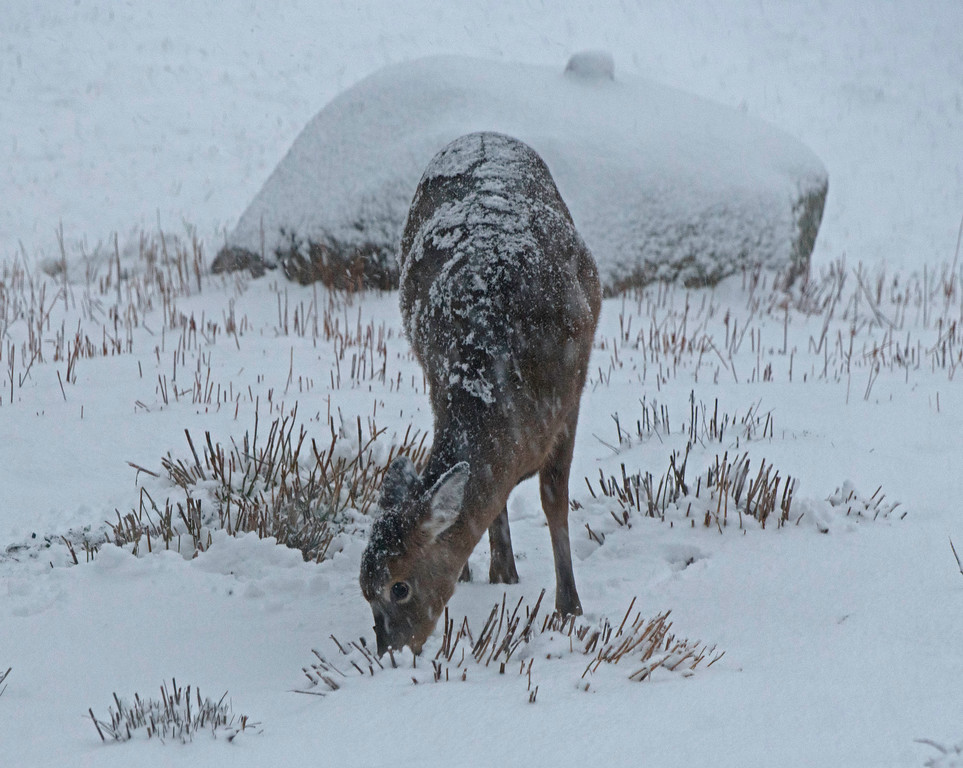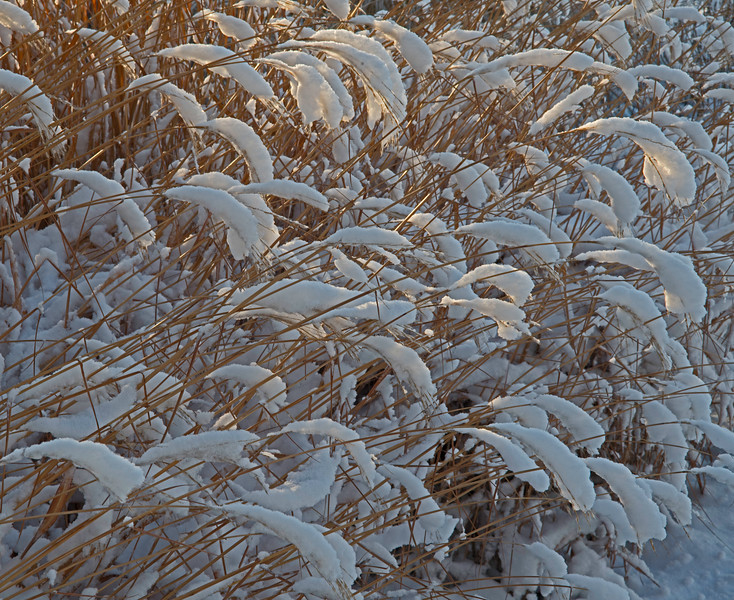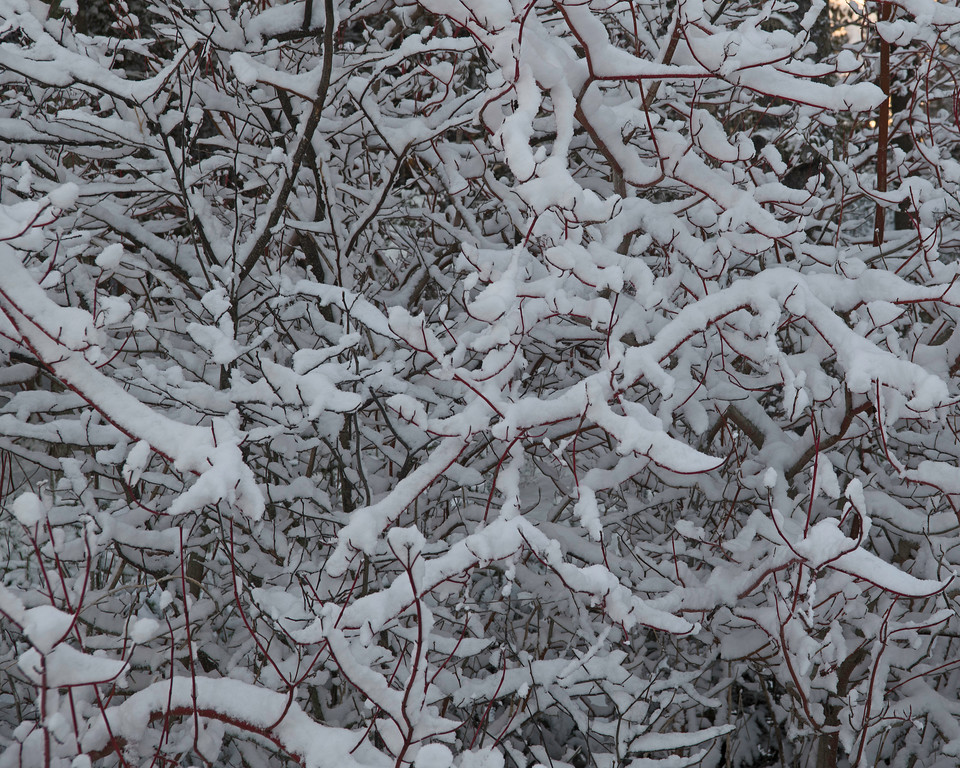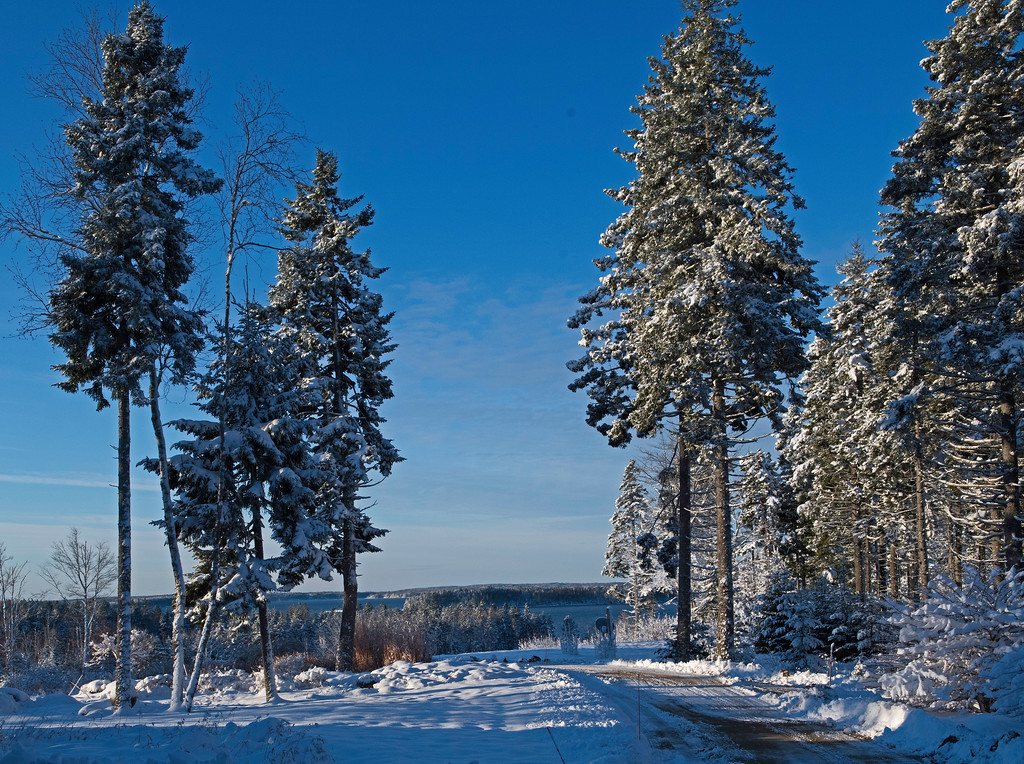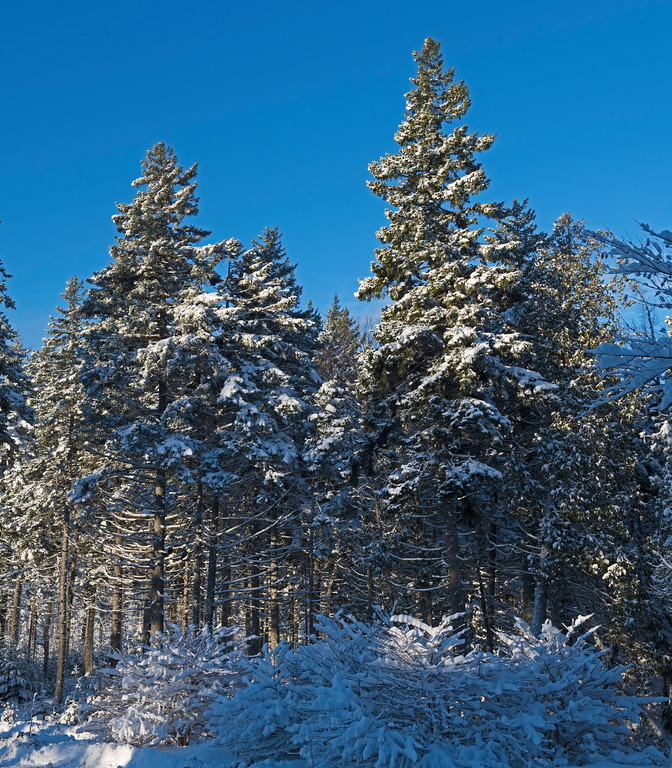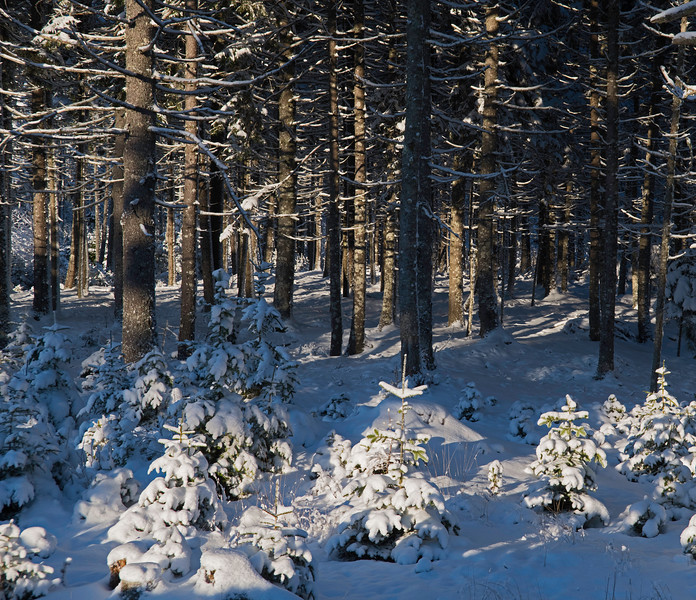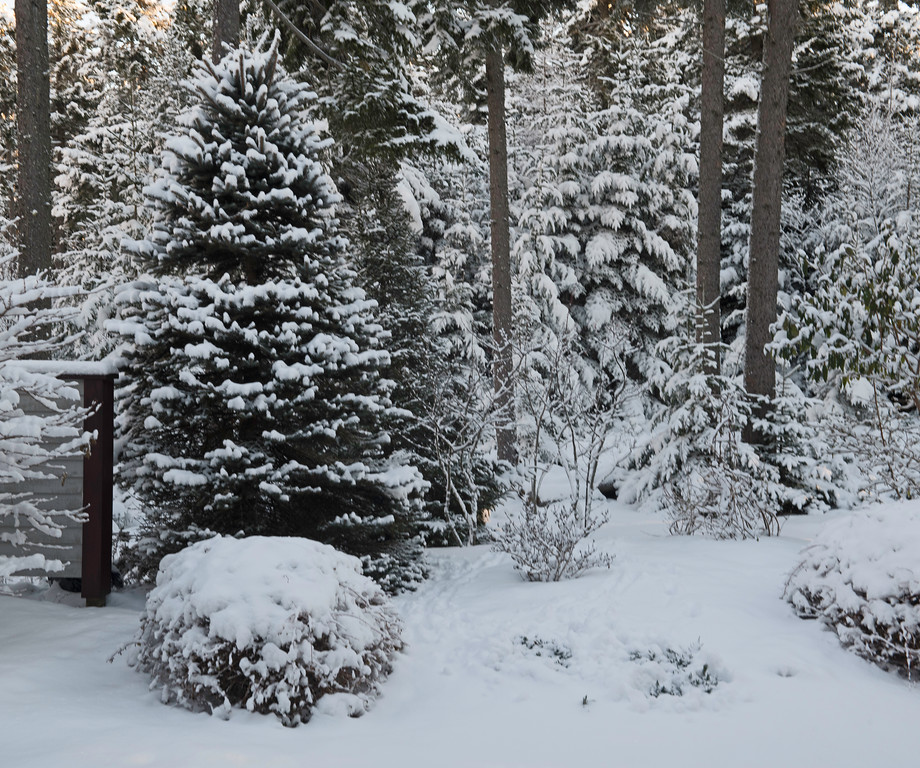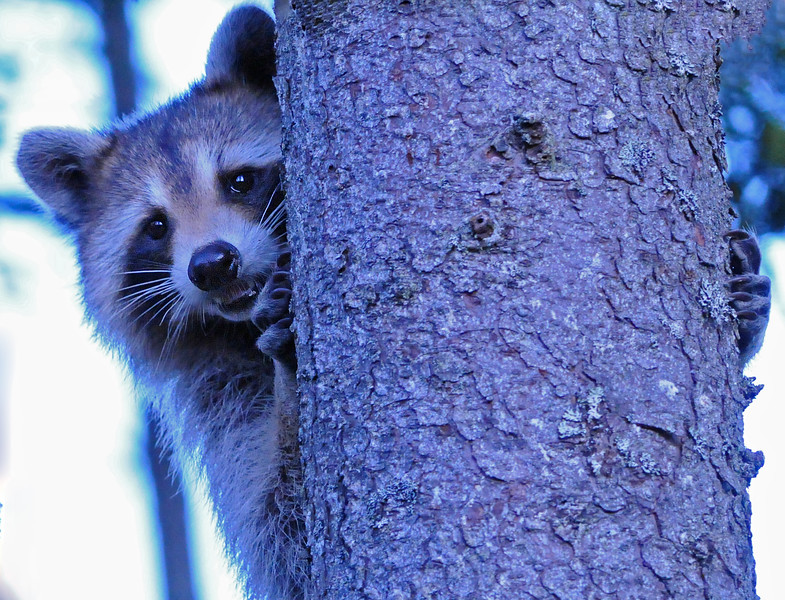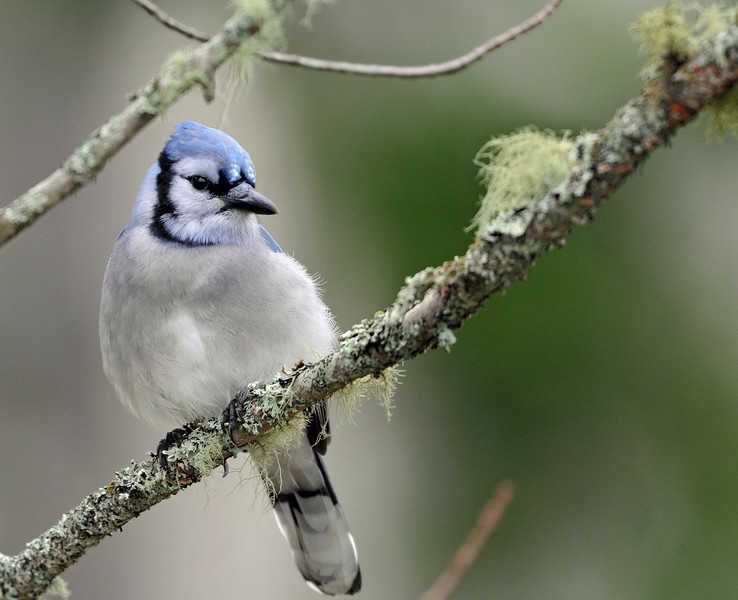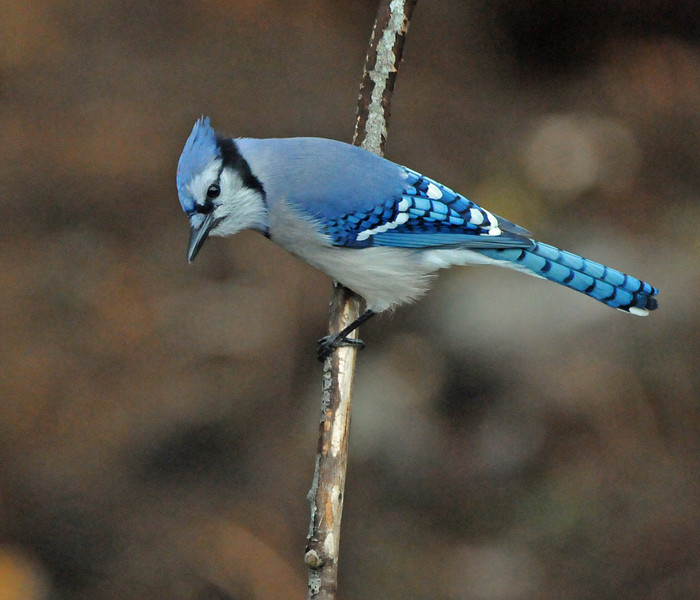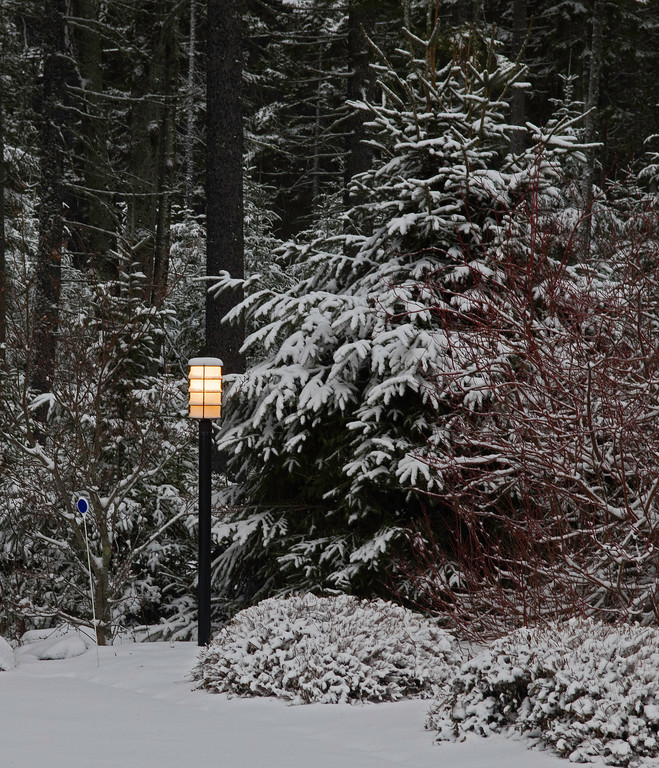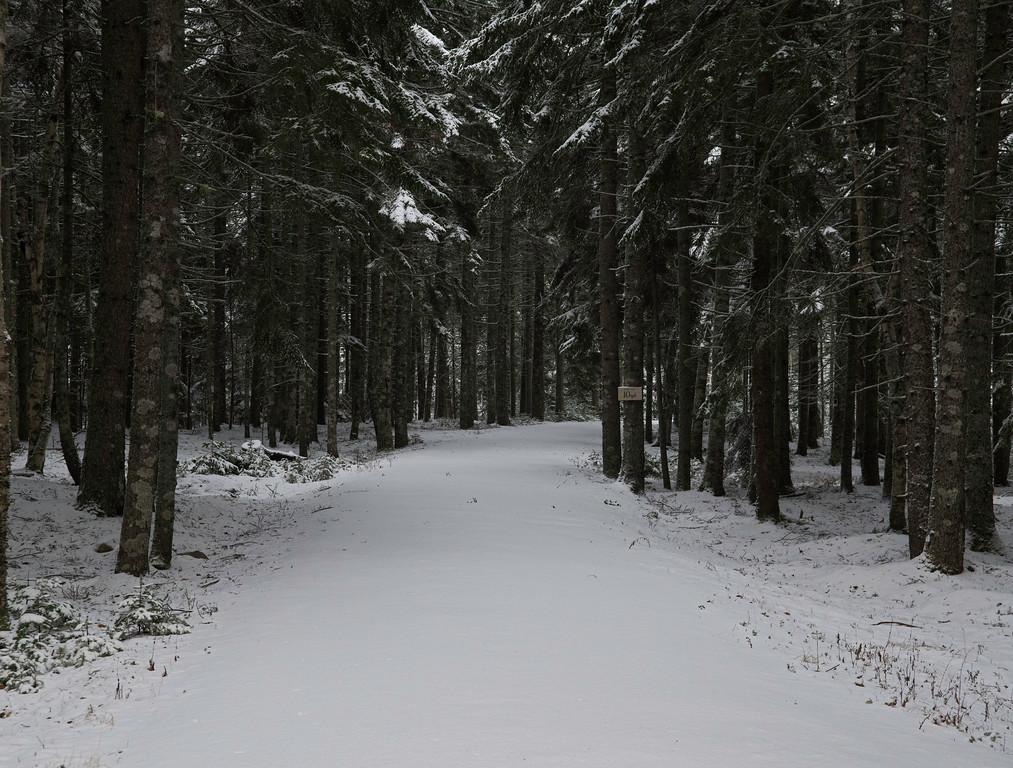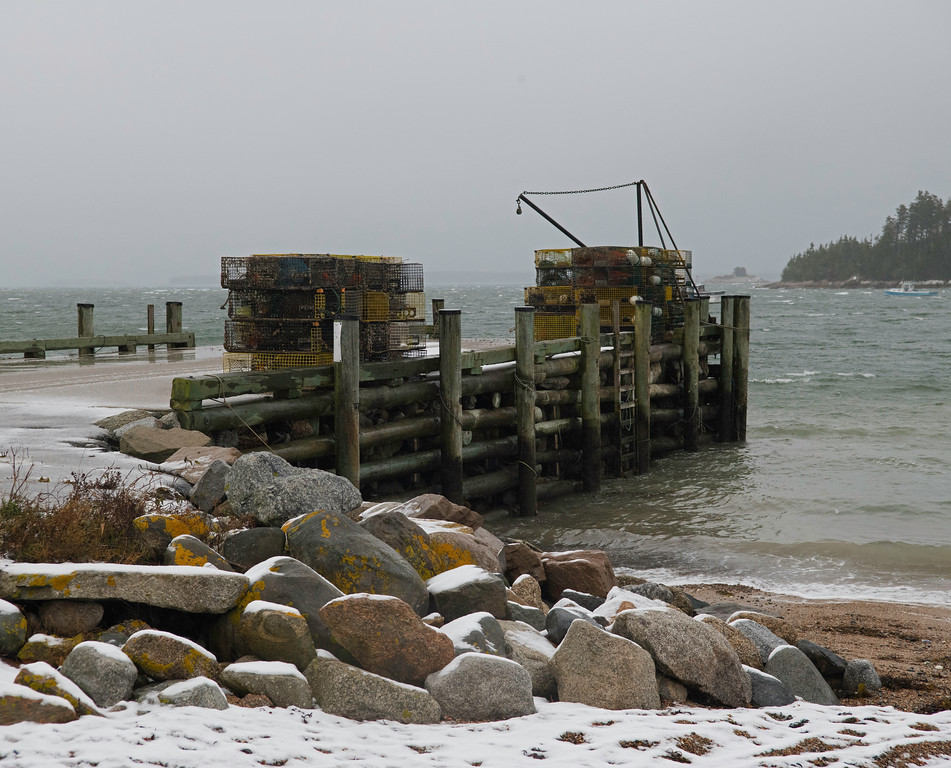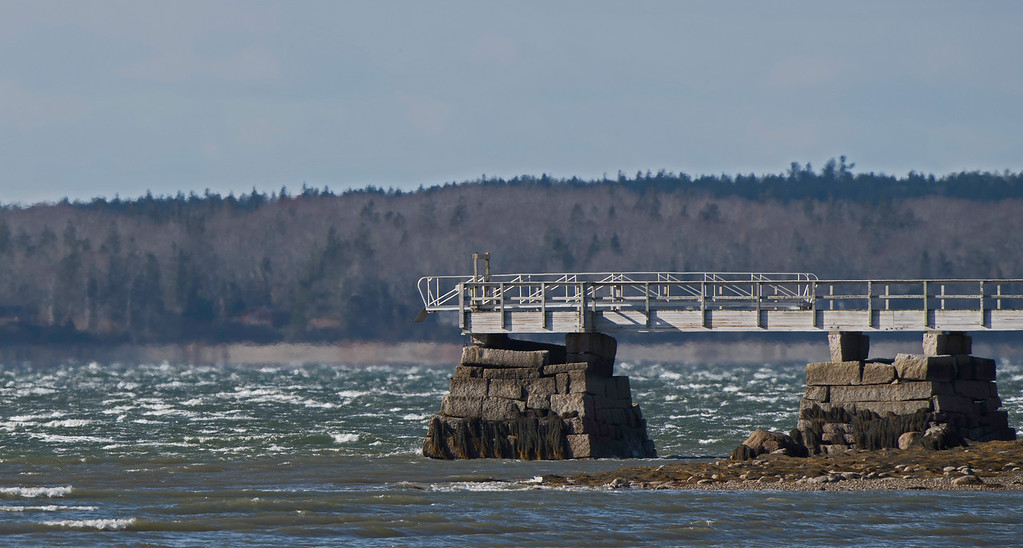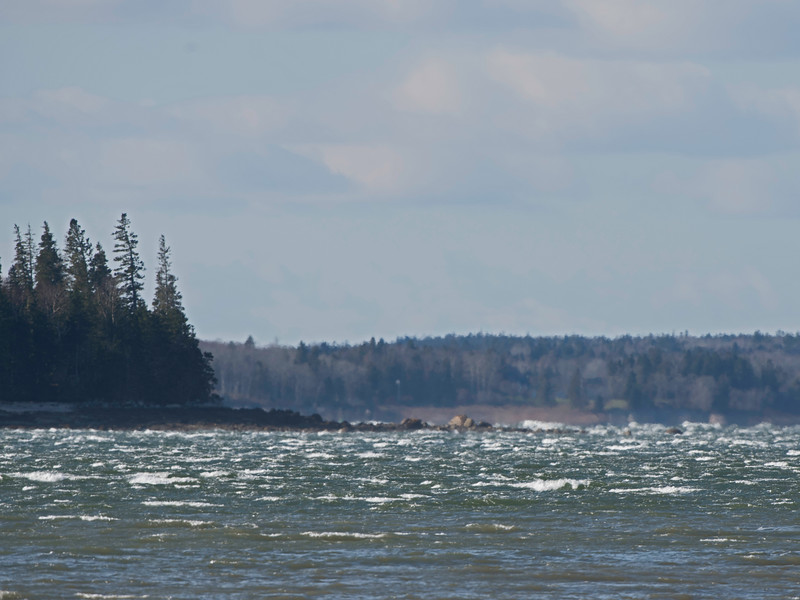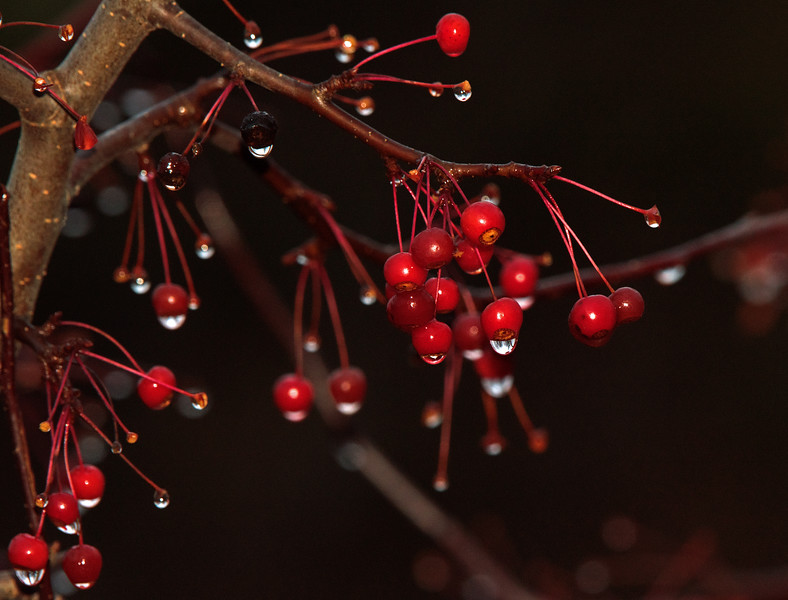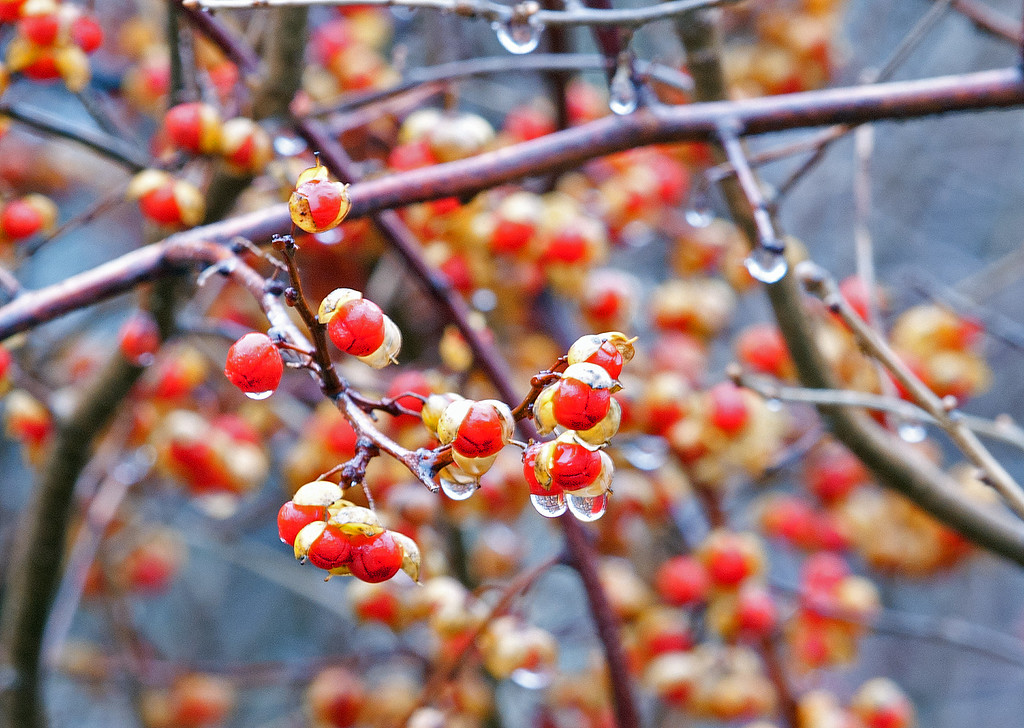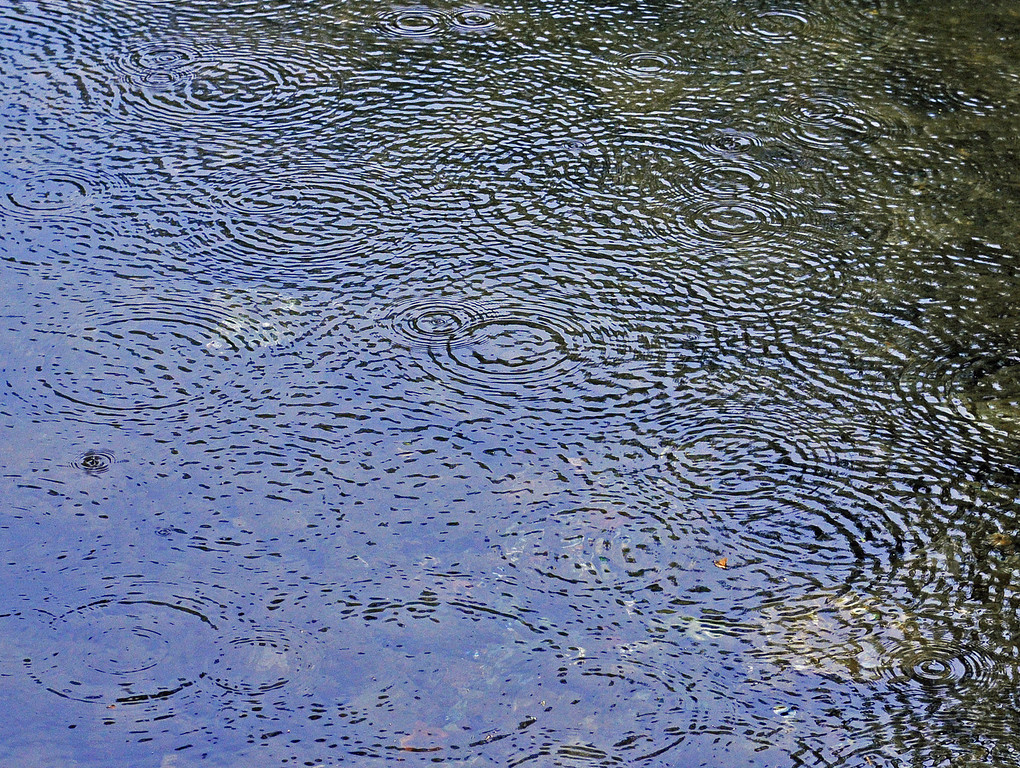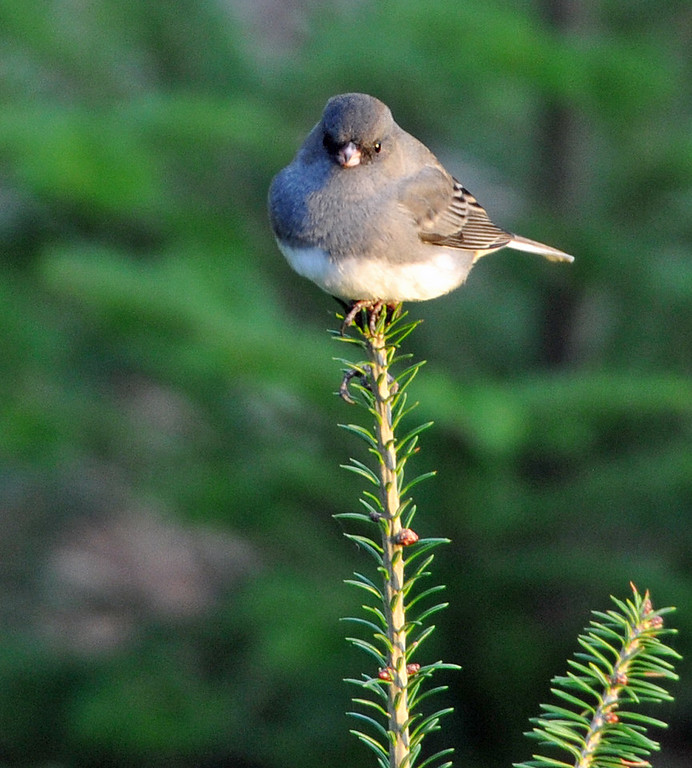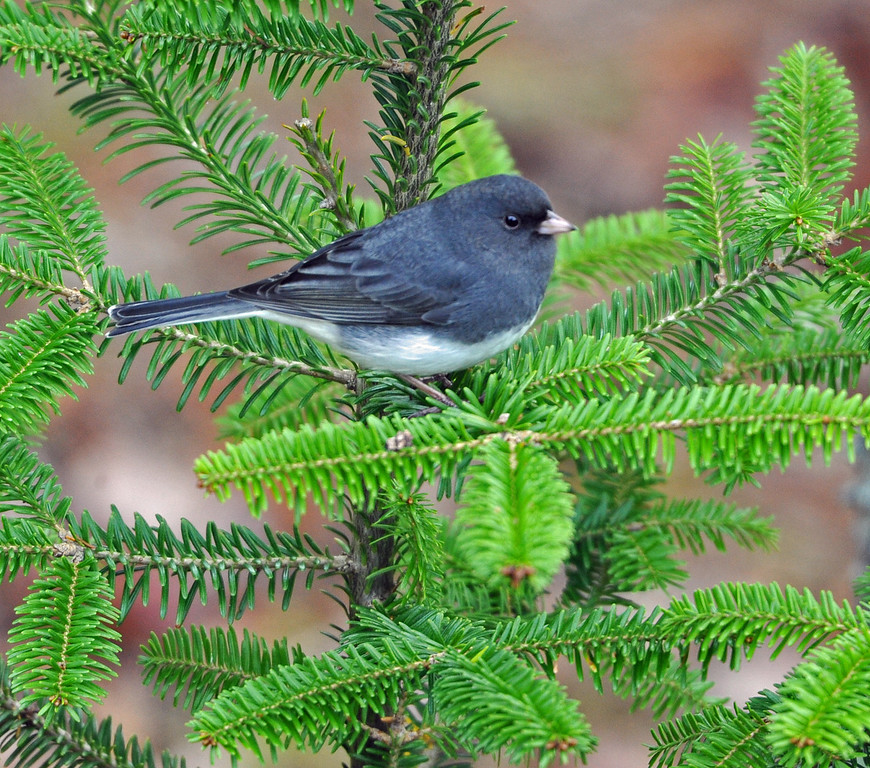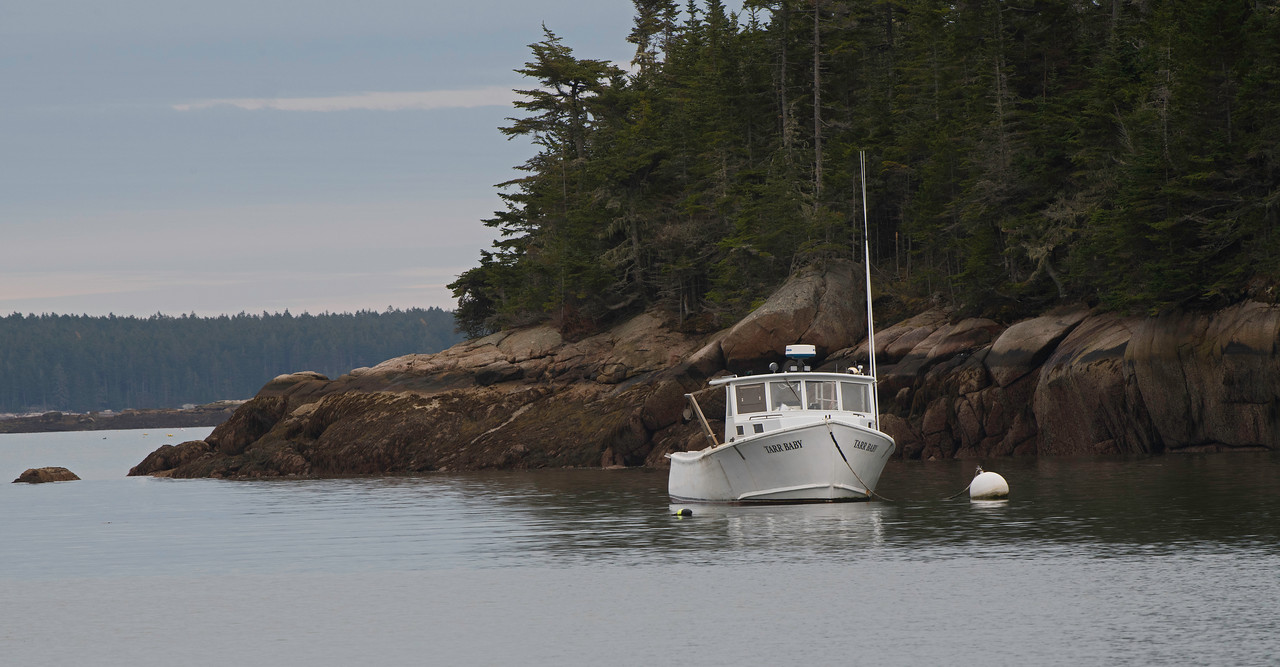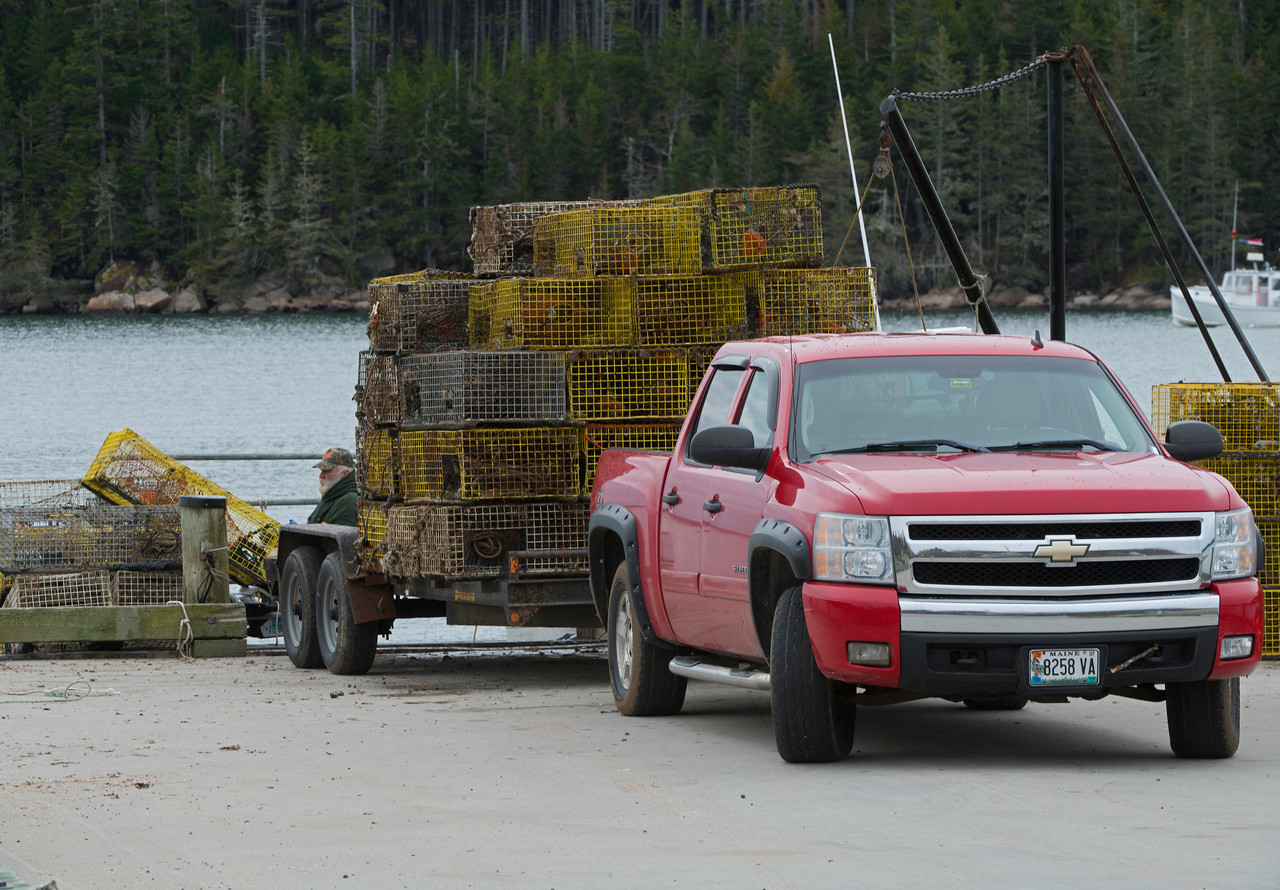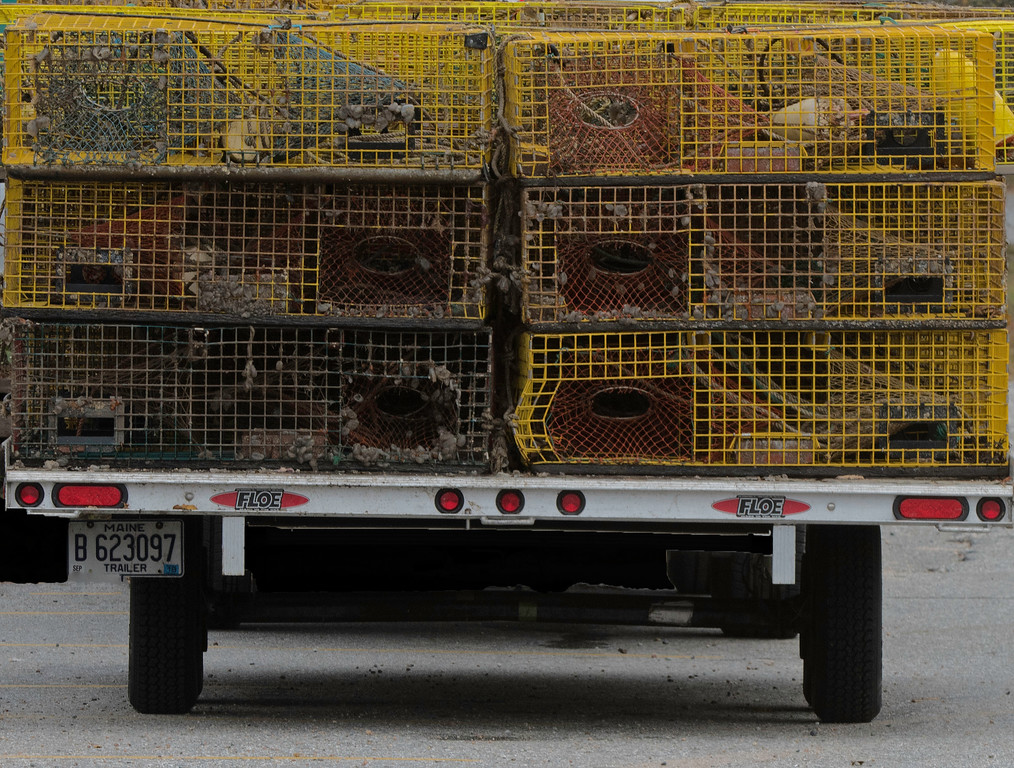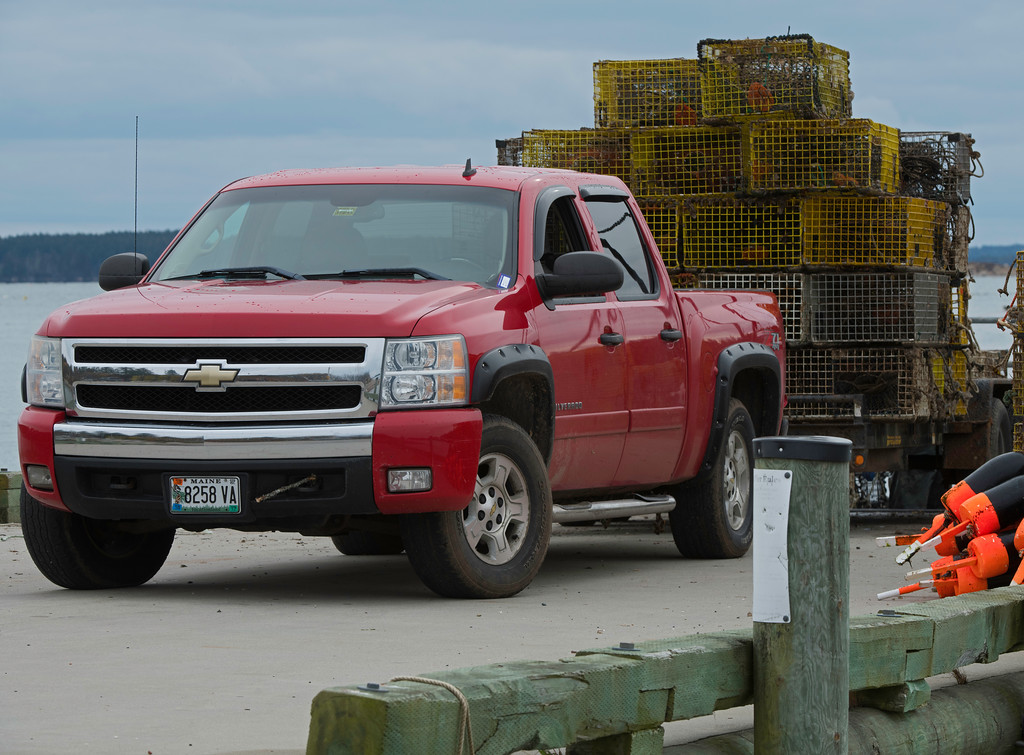It’s a cold 17 degrees (F) here as we speak, and our minds are turning to the sea ice that is beginning to form in Great Cove. If you’re like most people, watching sea ice form is about as interesting as watching your toe nails grow; you certainly should stop reading here. (Are they gone? The rest is for the few of us.)
The ice often initially forms and gets stranded at low tide, lying like a white silk robe over the rocky bottom. The rising tide will come in and float the ice, which will break up a bit, then start to reform, first as overlapping formations that look like scalloped potatoes.
We’ve had no thick, massive slabs of sea ice form yet because we haven’t had a sufficiently uninterrupted period of freezing weather. Due to its salt content, sea water doesn’t freeze until the temperature drops to 28.4 degrees (F) and stays there or below for some time. In days of yore, Great Cove and Eggemoggin Reach beyond froze entirely, enabling people to travel between the mainland and the islands in horse-drawn carts.(Brooklin, Maine)







